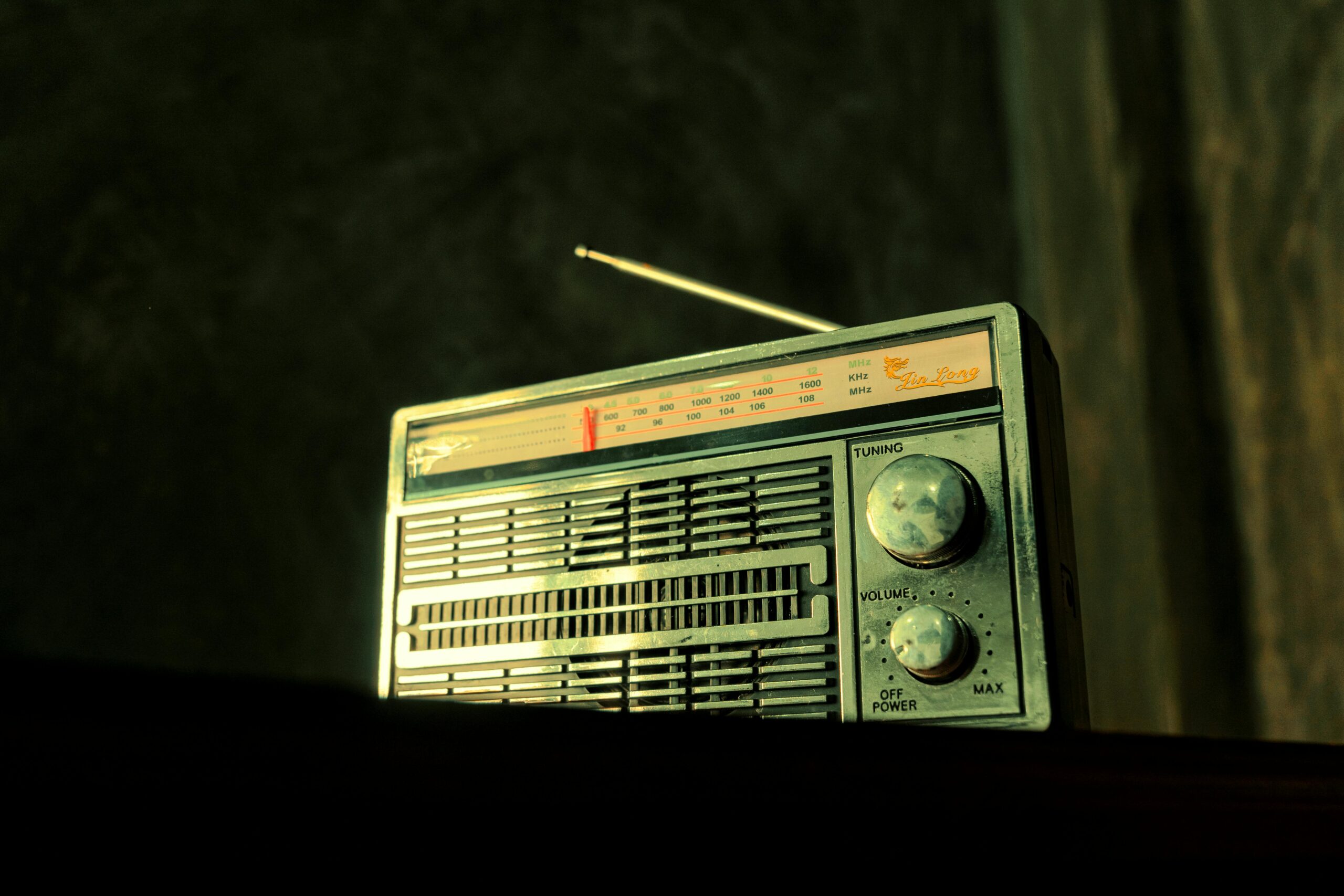
The Morning the Algorithm Moved In
By Peter Don, BPR

… It was halfway through the 7am hour when the alert popped up: another tech giant had put its “radio” onto another giant platform, free and everywhere, “Is that… a threat?”
Maybe. But mostly, it’s a reminder.
Because if “radio” is just a stream of songs and sweepers, then yes—big platforms can do that at scale. If “radio” is a living brand—a home with a front door, a smell of coffee, familiar voices, and a little ritual at the same time every morning—then no, they can’t.
They can copy the playlist. They can’t copy the relationship.
That’s what this is about: a friendly tap on the shoulder. A narrative about keeping the parts of radio that make us… us.
That morning, teams did what teams do: and asked two simple questions.
Where are we going? What are we doing—today—to get there?
You can build a brand from those two questions alone. The rest is nice; those two are essential.
“Your home for [our music], with useful, human moments every day.” Good enough to aim at. Short enough to use.
So what does radio need to do differently – understand and play to its strengths?
The morning show advantage. Not the stunts, not the shouty openers—just the presence. Voices that are real, a team that knows which road is closed and which café just reopened. A small ritual—say, a “good news namecheck” at 7:40, three people thanked out loud. It sounds simple because it is. Simplicity is what becomes habit. Habit is what becomes brand.
Local usefulness, the kind you can set your watch by. Weather that doesn’t pretend to be “global,” traffic that isn’t “generic,” and tiny—really tiny—moments that prove we’re here. “Today in (city) …” at the same minute past the hour. A weekend “what’s on” that has one thing a listener can actually do. Predictable moments. Predictability builds trust. Trust builds brands.
Listener voices. Not “caller number nine wins,” but accents, names, micro-stories. When budgets get tight, this is the line item that magically “saves money” by disappearing. Don’t let it. These are your brand’s supporters.
Community you can see. If an action couldn’t be photographed or quoted by a local, it didn’t count. Two real-world moments per week—an outside broadcast at the school fete, a small prize-drop to a club that raised money, a rehearsal-room visit where the band actually smells like guitars. Easy to cut, fatal to lose.
Sonic signature. You probably have a mnemonic; half your market could hum it and have no idea. Great. Now make sure everything around it sounds like you. If your imaging could run on any station, it shouldn’t run on yours.
Coaching and editing. Shorter links, clearer payoffs, fewer clichés. The cheap way to sound expensive is to edit.
A Weekly brand stand-up—What did we do this week that proved who we are? What’s next week’s one new habit hook?
That’s the story. Your station should feel unmistakably yours. The week you drop these is the week you become a very nice music stream.
Trim the things that don’t move hearts or habits. Swap two generic contests for one photo-worthy moment. Lose the promos that restate the obvious instead of advancing the story. Shave over-production. Keep the human bits. Spend your minutes where brands are made—in the messy, memorable places algorithms can’t stand.
And for the board? Don’t over-explain. Ten words will do: We win with people, place, and pattern—not just playlists.
If a listener can answer two simple questions—“Who are the humans?” and “What do they always do for me at this time?”—then the algorithm can park its van on our street all day. We’ll still be the house people go home to.
Discussion
No comments on this post yet, start a discussion below!